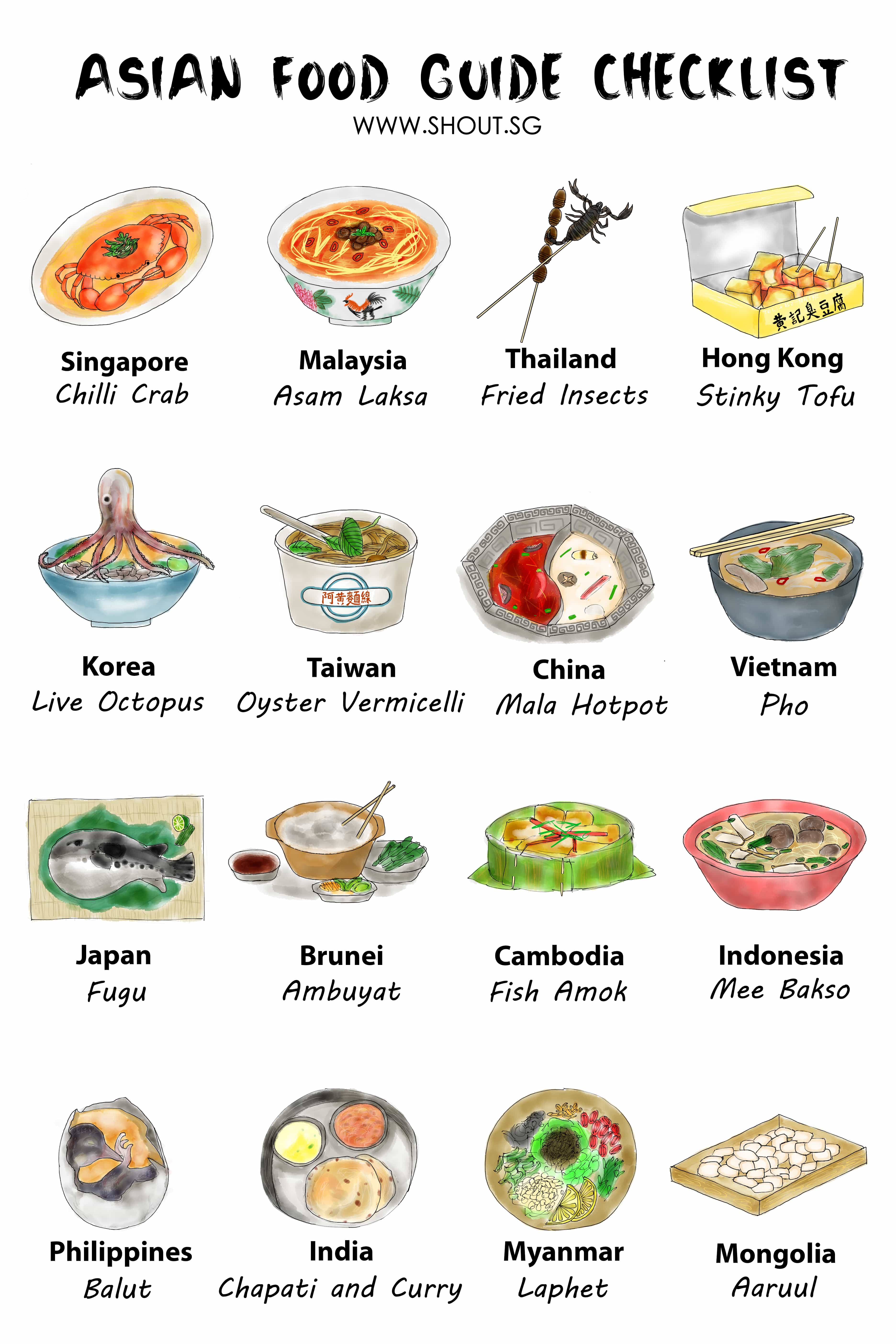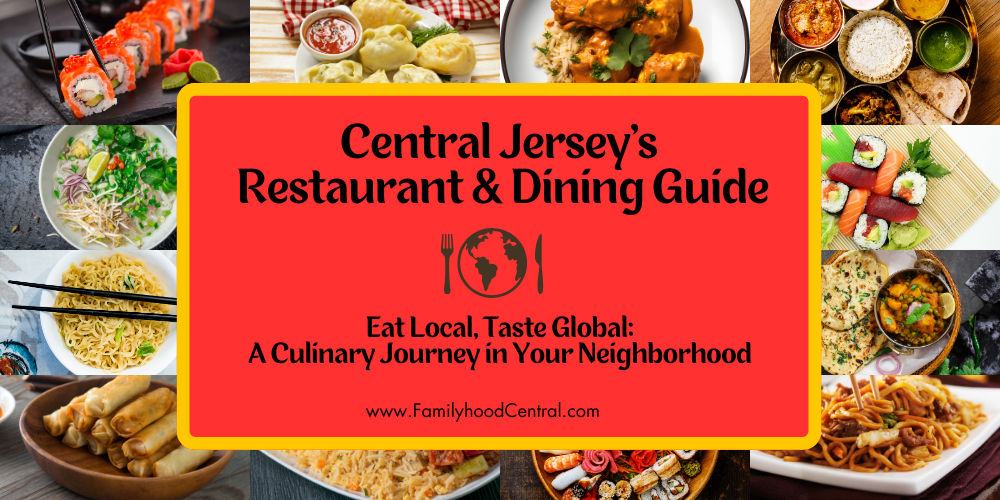The Ultimate Asian Dining Guide: Exploring the Richness of Asian Cuisine
Asia, with its vast cultural diversity, offers a culinary experience unlike any other. From the street food stalls of Thailand to the fine dining establishments of Japan, Asian dining captures a perfect blend of flavors, techniques, and traditions. Whether you’re an experienced foodie or someone just starting to explore the delights of Asian food, this Asian dining guide will provide you with insights, recommendations, and everything you need to know to navigate the delicious world of Asian cuisine.

Introduction: Why Asian Cuisine is So Special
Asian cuisine is celebrated for its bold flavors, rich spices, and diverse range of dishes that cater to every palate. What makes it stand out is its deep-rooted cultural significance and the unique way each country approaches cooking. The emphasis on fresh, high-quality ingredients, coupled with distinct preparation methods, ensures that every meal is a feast for the senses.
Asian dining encompasses a broad array of flavors, from spicy and tangy to sweet and savory, offering something for every type of eater. Whether you’re enjoying sushi in Japan, dim sum in China, or pho in Vietnam, you’re experiencing more than just food—you’re engaging with centuries-old traditions.
The Fundamentals of Asian Cuisine
Before diving into specific cuisines, it’s important to understand the basic principles that form the foundation of Asian cooking. These include:
-
Balance of Flavors: Most Asian dishes are designed with a harmonious balance between salty, sweet, sour, bitter, and umami. This balance ensures that each dish is well-rounded and satisfying.
-
Rice and Noodles: These are staples in nearly every Asian cuisine, serving as the base for a variety of dishes. Rice can be found in forms such as steamed, fried, or in soups, while noodles come in countless shapes and sizes.
-
Fresh Ingredients: Asian cuisine relies heavily on fresh vegetables, herbs, and meats, ensuring that every dish is bursting with flavor.
A Taste of East Asia: Japan, China, and Korea
East Asia is home to some of the most well-known cuisines in the world. Let’s dive into the dining experiences in Japan, China, and Korea, and explore the unique flavors each offers.
Japanese Cuisine: A Symphony of Freshness and Elegance
Japanese cuisine is celebrated for its simplicity, elegance, and meticulous presentation. It emphasizes fresh, seasonal ingredients and often highlights the natural flavors of food. Sushi, sashimi, and ramen are some of the most popular dishes worldwide.
-
Sushi: Fresh fish, rice, and seaweed come together to create these bite-sized delicacies. Sushi is an art form, where the choice of fish, rice, and seasoning matters most.
-
Ramen: A comforting noodle soup made from a rich broth (often pork or chicken-based), served with noodles, vegetables, and meat.
-
Tempura: Lightly battered and deep-fried seafood or vegetables, tempura is a quintessential Japanese dish.
Chinese Cuisine: A World of Flavor and Variety
Chinese food is incredibly diverse, with different regions offering unique dishes. From the sweet and sour flavors of Cantonese cuisine to the bold, spicy dishes of Sichuan, Chinese cuisine has something for everyone.
-
Dim Sum: These small, bite-sized portions of food are often served in bamboo baskets and include dumplings, buns, and rolls. Dim sum is typically enjoyed with tea and is a communal experience.
-
Peking Duck: A famous dish from Beijing, Peking Duck is known for its crispy skin and tender meat, usually served with thin pancakes, hoisin sauce, and scallions.
-
Kung Pao Chicken: A spicy stir-fried dish made with chicken, peanuts, and vegetables, flavored with soy sauce and chili peppers.
Korean Cuisine: A Rich Tradition of Bold Flavors
Korean food is characterized by its bold flavors, with ingredients like garlic, chili, and fermented foods playing a central role in its dishes. It’s also known for its emphasis on communal dining.
-
Kimchi: This fermented vegetable dish, typically made with cabbage and radishes, is a staple in Korean meals. It’s spicy, tangy, and packed with umami.
-
Bibimbap: A rice dish topped with vegetables, eggs, and gochujang (Korean chili paste), bibimbap is a balanced meal that combines textures and flavors in a single bowl.
-
Korean BBQ: Diners grill their own meat at the table, typically served with various side dishes such as kimchi, pickled vegetables, and rice.
Southeast Asia: Thailand, Vietnam, and Beyond
Southeast Asia offers some of the most aromatic and flavorful dishes in the world. With the influence of fresh herbs, spices, and rice, Southeast Asian food is aromatic, fresh, and often spicy.

Thai Cuisine: A Delicate Balance of Flavors
Thai food is famous for its ability to balance sweet, sour, salty, and spicy elements in a single dish. Fresh herbs like cilantro, basil, and lemongrass add depth to every meal.
-
Pad Thai: A stir-fried noodle dish made with rice noodles, shrimp or chicken, eggs, peanuts, and a tangy tamarind sauce.
-
Tom Yum: A spicy and sour soup made with lemongrass, kaffir lime leaves, and chili, often served with shrimp or chicken.
-
Green Curry: A creamy, spicy curry made with coconut milk, green curry paste, and a variety of vegetables and meats.
Vietnamese Cuisine: Fresh, Healthy, and Flavorful
Vietnamese cuisine is known for its fresh ingredients and healthy approach to food. Pho, a fragrant noodle soup, is one of the most beloved dishes.
-
Pho: A flavorful soup made with beef or chicken, rice noodles, and aromatic herbs. It’s a breakfast staple in Vietnam, often eaten with fresh herbs, lime, and chili.
-
Banh Mi: A Vietnamese sandwich made with a French baguette, filled with pickled vegetables, cilantro, and a variety of meats.
-
Goi Cuon: Fresh spring rolls made with rice paper, shrimp, vermicelli noodles, and herbs.
Malaysian and Singaporean Cuisine: A Fusion of Cultures
Both Malaysia and Singapore have diverse cuisines influenced by Chinese, Indian, and indigenous cultures. The dishes are flavorful, aromatic, and often feature a mix of spices and herbs.
-
Laksa: A spicy noodle soup made with coconut milk and often served with shrimp or chicken.
-
Hainanese Chicken Rice: A simple yet flavorful dish featuring poached chicken, fragrant rice, and a variety of condiments.
-
Satay: Skewered and grilled meat served with a rich peanut sauce.
Indian Cuisine: A Spicy Adventure
Indian food is known for its vibrant colors, bold spices, and complex flavors. Whether it’s a creamy curry or a simple lentil dish, Indian cuisine offers a wide range of options.
-
Butter Chicken: A creamy, tomato-based curry made with chicken, butter, and a variety of spices. It’s often served with naan or rice.
-
Biryani: A fragrant rice dish cooked with meat (often chicken, lamb, or beef), spices, and saffron.
-
Chole Bhature: A popular North Indian dish consisting of spicy chickpeas (chole) and deep-fried bread (bhature).

Asian Dining Etiquette: What You Need to Know
When dining in an Asian restaurant, it’s important to understand the basic dining etiquette, as customs can vary greatly from country to country. Here are some general guidelines:
-
Use chopsticks properly: In countries like Japan, China, and Korea, chopsticks are the primary utensils. Avoid sticking them upright into rice, as this is considered disrespectful.
-
Share your food: In many Asian cultures, meals are served family-style, meaning dishes are shared among all diners. It’s important to be polite and offer food to others.
-
Respect the meal structure: In Japan, for example, it’s common to start your meal with miso soup before moving on to other dishes.
Frequently Asked Questions (FAQs)
1. What is the most famous Asian dish?
There are many iconic dishes in Asian cuisine, but some of the most famous include sushi, pho, dim sum, and pad Thai. Each dish offers a unique taste of the region from which it originates.
2. What makes Thai food different from other Asian cuisines?
Thai food is known for its balance of sweet, sour, salty, and spicy flavors. Fresh herbs like lemongrass, basil, and cilantro are central to Thai cooking, which adds depth and complexity to each dish.
3. What is the best Asian cuisine for beginners?
For those new to Asian cuisine, dishes from Chinese, Japanese, or Vietnamese cuisines can be a great starting point. Simple dishes like sushi, dumplings, and pho are flavorful yet approachable for new diners.
4. How can I make Asian food at home?
Making Asian food at home can be a fun and rewarding experience. Start with simple recipes like fried rice, spring rolls, or ramen, and gradually experiment with more complex dishes. Ensure you have the right spices and ingredients, which can be found at local Asian grocery stores.
Conclusion: Savor the Flavors of Asia
Asian dining offers a vast and diverse range of flavors that are bound to satisfy any food lover. From the delicate sushi of Japan to the bold curries of India, each dish tells a story of tradition, culture, and passion for food. Whether you’re visiting an Asian restaurant or preparing a meal at home, you’re sure to experience the magic of Asian cuisine in every bite.
Looking to expand your digital presence while indulging in culinary adventures? Check out DUYTHIN.DIGITAL for tools that can help automate your social media activities, giving you more time to explore the delicious world of Asian dining.
This comprehensive guide to Asian dining will not only broaden your palate but also enhance your culinary knowledge.




